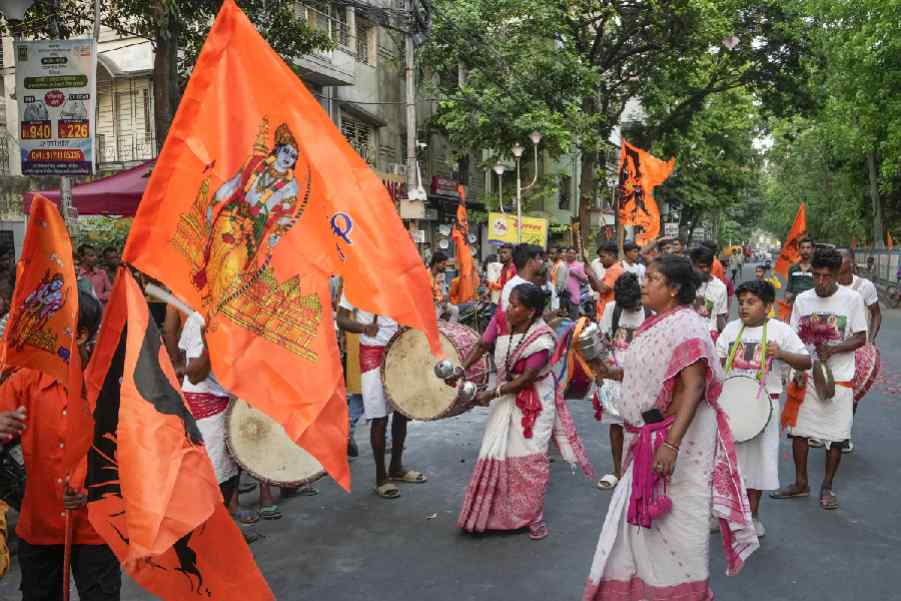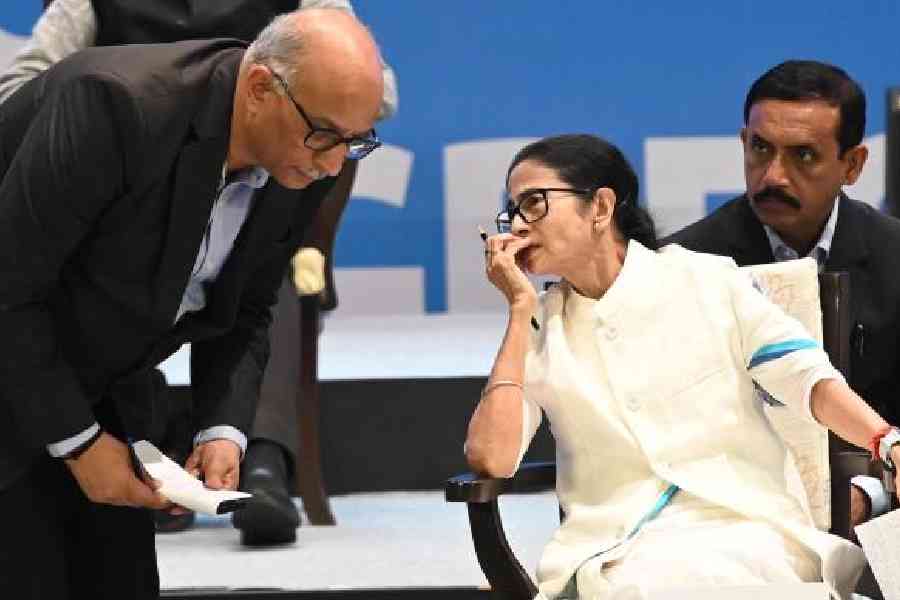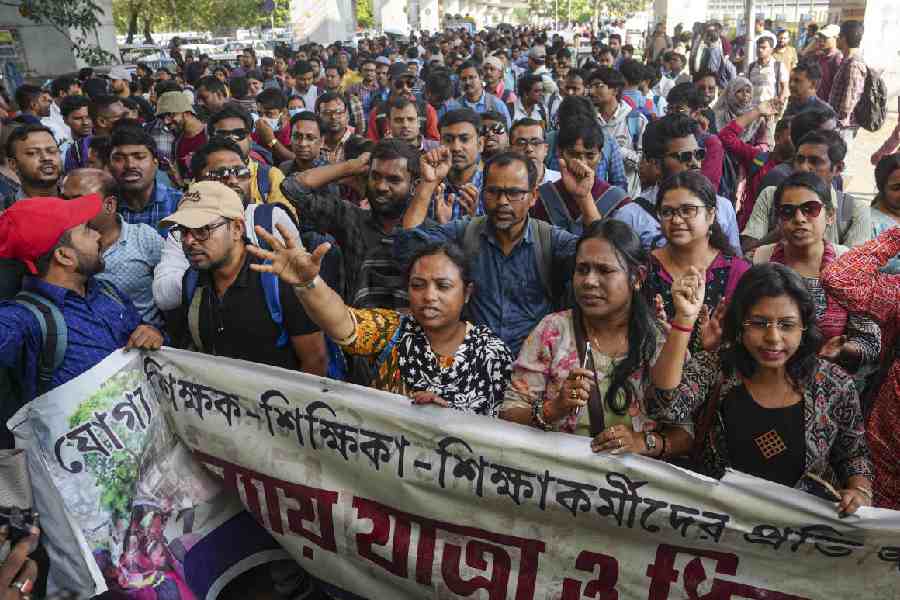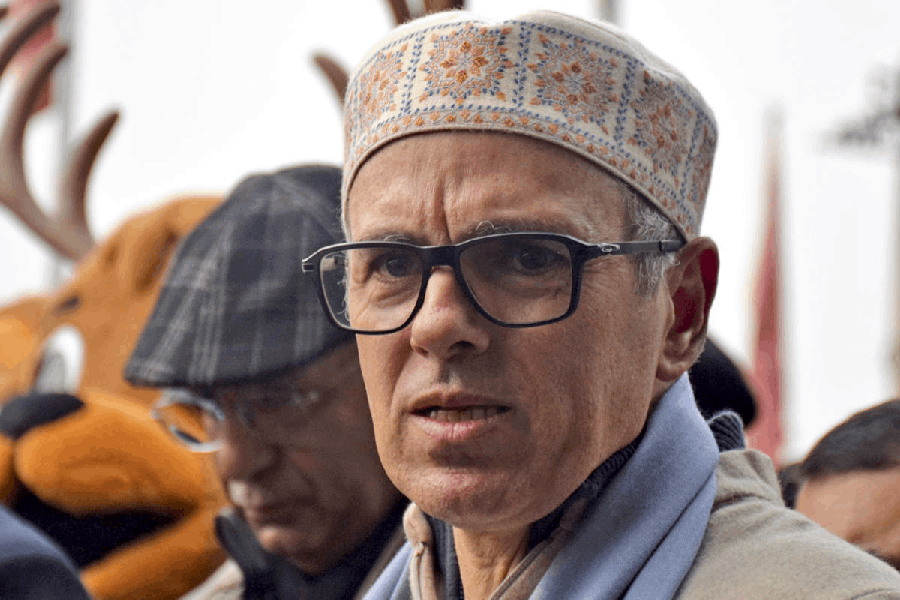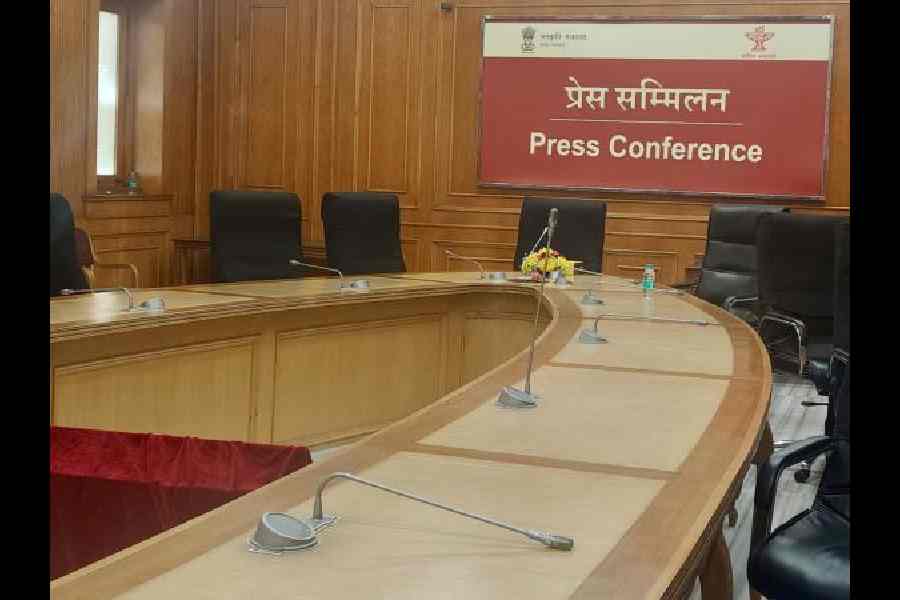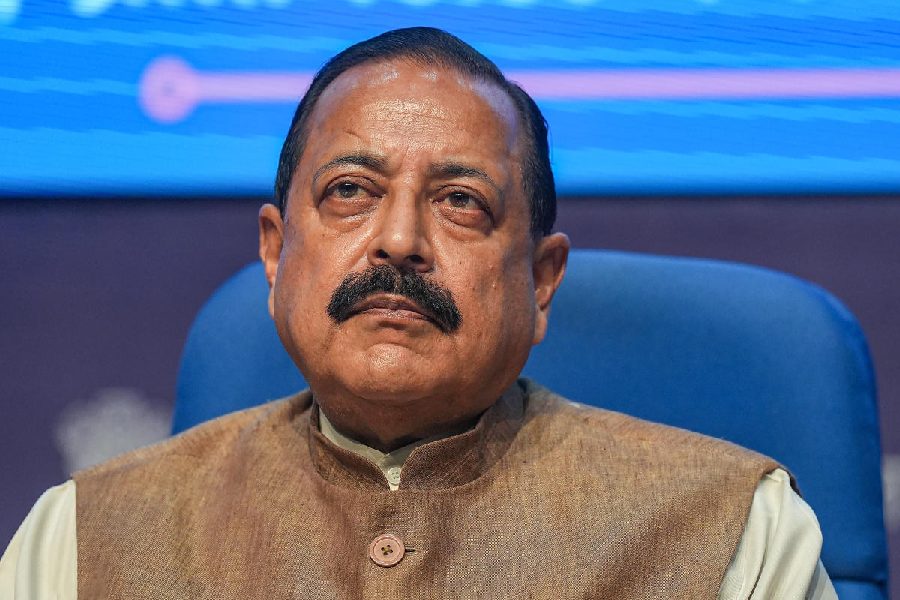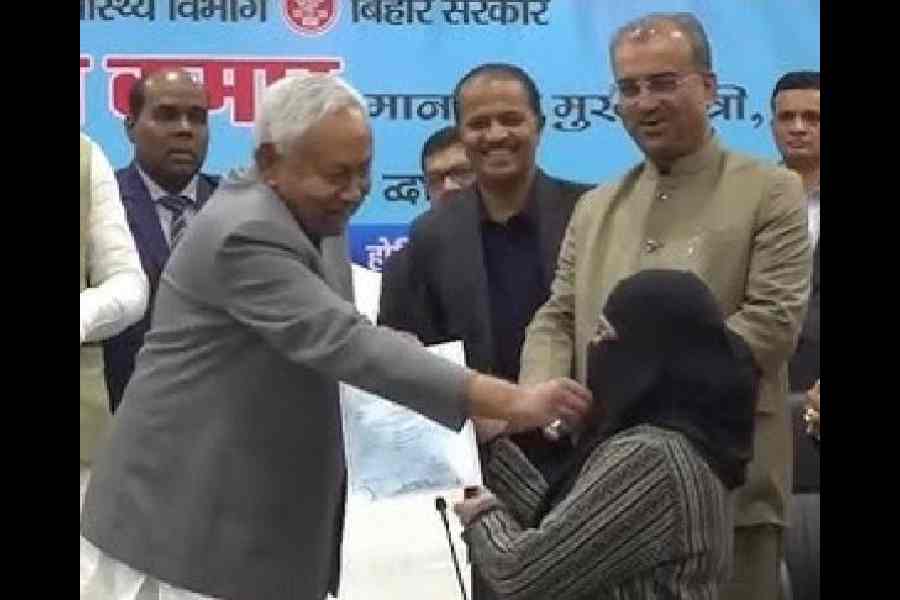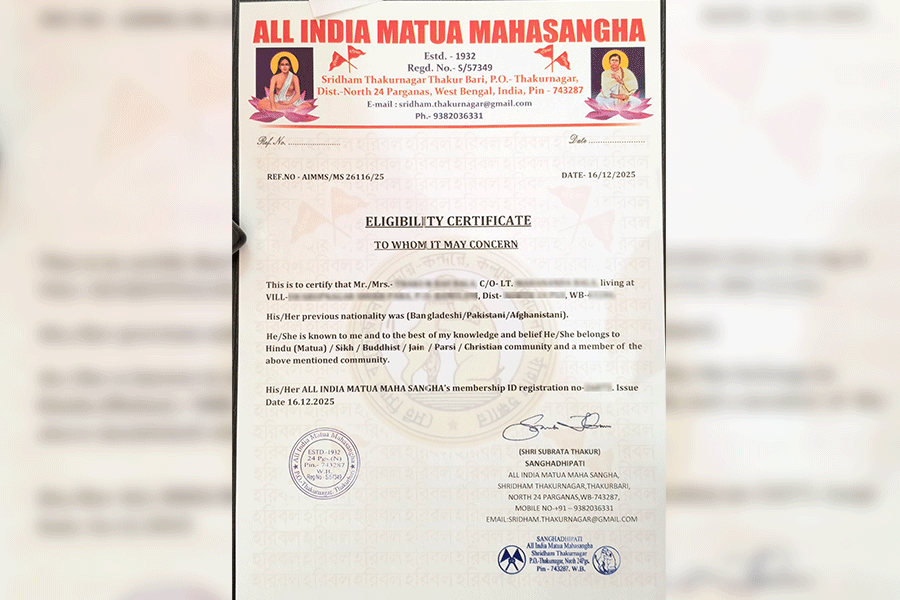The Ram Navami celebrations in Bengal this year were a closely watched affair. This is understandable given that the state goes to polls next year. The occasion witnessed quite a few developments — desirable and otherwise. For instance, there were unprecedented shows of interfaith amity in Bengal — especially in North Bengal — as well as in Calcutta. Malda — it had experienced communal clashes recently — and Siliguri in the northern part of the state witnessed the welcome sight of Hindu devotees being greeted by members of the Muslim community. There were similar scenes in Calcutta; the two major rallies in Howrah — communal discord had taken place here in 2023 — passed uneventfully as well. The administration and the police must be credited for taking steps to ensure a peaceful Ram Navami. The state’s ethos of pluralism will undoubtedly be strengthened by this mutual demonstration of amity. There were, however, reports of rallies in which participants displayed metal weapons in violation of a directive by the Calcutta High Court. Those who flouted the norm must be taken to task at the earliest.
What would be of deeper interest, though, is the reading on the report card of the two principal political entities in the state. The Bharatiya Janata Party, the primary force behind the organisation of Ram Navami rallies for electoral gain, may want to take comfort from the fact that Bengal had witnessed a higher number of rallies than before. This, the BJP would argue, is likely to consolidate the Hindu vote. But it does appear that the Trinamool Congress has succeeded in stealing the BJP’s thunder on this occasion. In an instance of clever mobilisation, the TMC engaged its forces — block-level leaders, legislators and parliamentarians — to organise and participate in the processions. The party’s objective was two-fold. The mobilisation, the TMC insists, would dent the BJP’s claim of the TMC being adversarial to Ram Navami. Second, it would, in the process, not only open an opportunity for Mamata Banerjee’s party to spin a narrative of exceptionalism — that Bengal has its own, inclusive tradition centred on the deity — but also pre-empt the BJP from sharpening its agenda of polarisation along religious lines. Admittedly, the result of the next assembly election would perhaps give a clearer indication of which party won the battle over Rama. That divinity continues to eclipse issues affecting mere mortals in terms of an electoral agenda is a sad testament of Indian democracy’s commitment to public welfare. Who should take ownership of this transition in India’s electoral tradition?

